Industrial-Strength Design Thinking
Contact us for a consult to learn more
People first -
Putting people back in the center of cybersecurity
For CISOs (without degrees in organizational development -- CISOs are generally overwhelmed with daily operations), fixing substantive math and method is half of the need.
The people, nature of the discipline, organizational design, fostering growth and improvement from individuals to an entire organization are essential to enable substantive math and method change.
To help you more easily achieve and innovate, Industrial-Strength Design Thinking distinctively offers guidance in...
- Scaling with diverse, high-performing teams -- domain-specific coaching for individuals and team leaders at all organizational levels
- Navigating change in the broader organization
This can take the form of guidance for you as...
- An individual
- A facilitator of Outcomes Accelerator Workshops as described below (expanding on the bonus video of the online course)
- A team leader seeking to draw on the diversity and energy of your team to improve performance, in particular by overcoming the difficulties common to disciplines like cybersecurity and the structural flaws in math and method of cybersecurity
Contact us for a consult
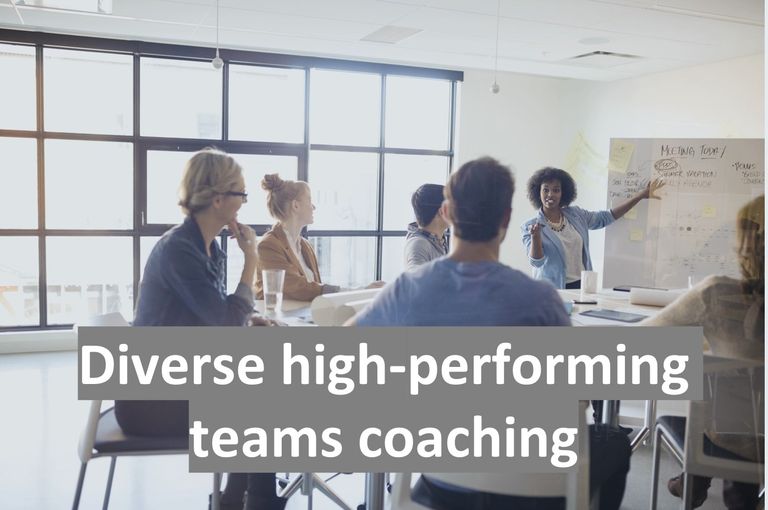
What ROI are your getting for you cyber investments?
For financial managers who want to bring better analytics to cyber/info security to learn if value is received for money spent.
For CISOs (for CISOs without an MBA in Finance) who want to learn the CFO's view -- not only of finance but also of risk (not an insurer's view of aggregated losses that not apply to a CFO or CISO).
This is different because…
- Apply analytics from financial and operations management – security lags decades behind other disciplines.
- Practice sessions and guidance on “how to” bring this value to cyber/info security leaders in the context of cyber/info security.

Outcomes Accelerator Workshops -
Six months of work in six weeks
As designed in The Operational Risk Handbook (Brian Barnier, Harriman House, United Kingdom, scroll down for more), the Outcomes Accelerator Workshops are designed with the intention of achieving six months of work in six weeks.
The workshop itself is one to three days, plus preparation and follow-up. There are three types of workshops that typically flow from one to another, depending on the situation:
- "How it Works" to understand the environment and capabilities of a system
- "What if?" creative imagining of diverse futures to outthink adversaries
- Solution hack-a-thons
Contact us for a consult
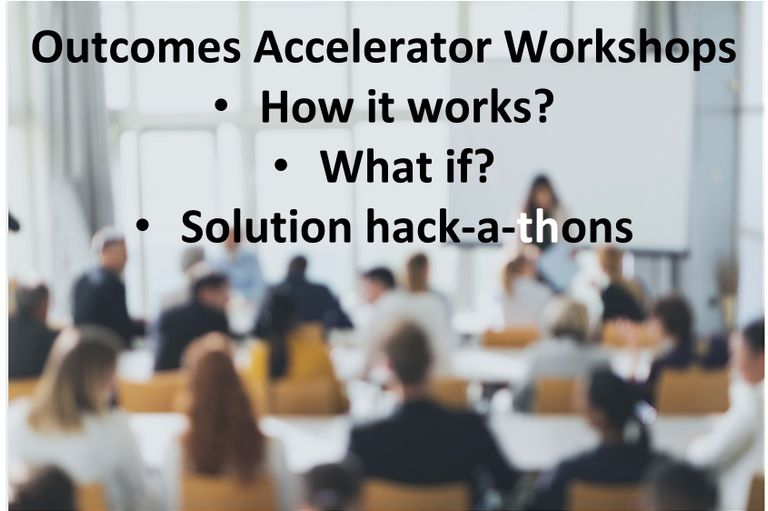
Tailored learning for outcomes
Onsite on virtual "learn by doing" learning sessions and workshops to walk through, explore and apply learnings -- in your own setting, with your own needs, to advance your objectives.
Conference talks where you select what you aspire to have your audience learn and apply in your audiences' daily lives.
You select what matters most to you from the Design Thinking 4 Cybersecurity(TM) online course in critical, systems and design thinking for cybersecurity.
Contact us for a consult

Online course --
Design Thinking 4 Cybersecurity (DT4CS(TM)):
Critical Thinking and Design Thinking Meet Cybersecurity
Brian Barnier and Prachee Kale have designed an online course on proven and practical insights...
The course covers:
- Welcome -- the "why" about cybersecurity vulnerability and what is revealed in root cause analysis
- Discover Your Personal Opportunity -- starting with vibrant intellectual curiosity and how design thinking simplifies systems thinking
- Why Cybersecurity Needs Better Thinking -- nature of complex dynamic systems, complications of cybersecurity math and method, complications in professional disciplines like cybersecurity
- How to Do Better Thinking: a) Adapting from the proven and practical, three design thinking cycles and health checks, systems thinking health checks, and frozen, fragile and fenced frameworks
- How to Do Better Thinking: b) Examples of low-hanging fruit improvement opportunities -- controls, lines of defense and insider threats
- How to develop people to better think, design, lead and implement -- and scale more easily
- How to measure and align with the business -- to gain momentum and make improvement easier
- How to navigate and improve organizations -- proven and practical insights from the world of organization transformation, including surprising sources of traction
- Course Summary and FAQs
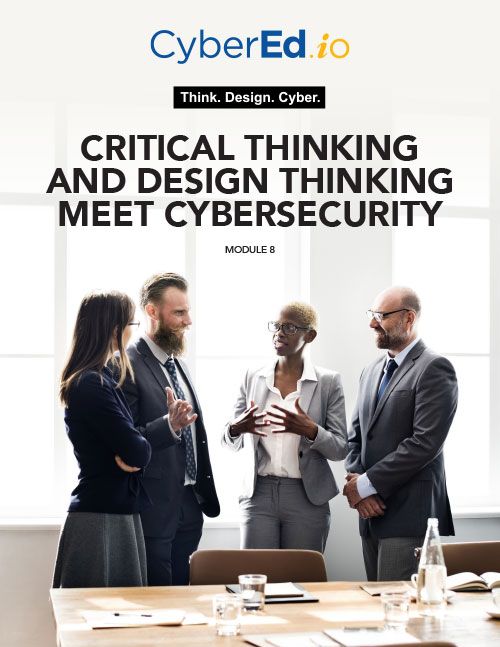
Whatever works best for you -- individual and small group conversations
To help you achieve your objectives more quickly and easily, guidance conversations can be designed around your needs, your situation, your systems, your real problems, your critical questions, your low-hanging fruit opportunities, your big challenges and your timeframes.
Contact us for a consult

The Operational Risk Handbook
The Operational Risk Handbook is a groundbreaking new book. It seeks to apply for the first time a range of proven operational risk techniques from other industries and disciplines to the troubled territory of financial services.
Operational risk expert Brian Barnier introduces a range of sophisticated, dependable and - crucially - approachable tools for risk evaluation, risk response and risk governance. He provides a more robust way of gaining a better picture of risks, shows how to build risk-return awareness into decision making, and how to fix (and not just report) risks.
The practical importance of fully understanding and acting on risk to the business begins in the foreword on plan-B thinking, penned by Marshall Carter, chairman of the NYSE and deputy chairman of NYSE Euronext.
The book is unique because:
- It is not just about modeling and a few basic tools derived from regulatory requirements. Instead, it looks at management of risk to operations across industries, professional disciplines and history to help ops risk leaders become aware of the entire landscape of proven experience, not just their own conference room.
- It is not just about compliance. Instead, it looks to operations as part of performance - managing risk to return for shareholders and other interests (e.g. guarantee funds).
- It is not content to look at risk in stand-alone segments or silos; instead it takes a systems approach.
- It is not just about ops risk leaders sharing war stories at a conference. Instead, it introduces a panel of six financial institution board members who get risk management and provide their perspectives throughout the book to encourage/demand more from ops risk to meet the needs of the institution in the world.
- It is not a semi-random collection of tips and tricks. Instead, it is grounded in a risk-management process flow tailored to financial companies from a range of proven experience, providing tools to help at each step.
Suitable for companies of all sizes, this book is of direct relevance and use to all business managers, practitioners, boards and senior executives. Key insights from and for each are built into every chapter, including unique contributions from board members of a range of companies.
The Operational Risk Handbook for Financial Companies is an essential book for making better decisions at every level of a financial company; ones that measurably improve outcomes for boards, managers, employees and shareholders alike.
For a .pdf of the Table of Context, Preface, Forward and Introduction, just contact us.
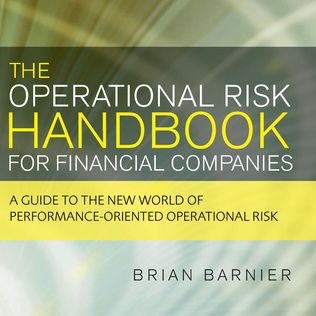
Guidance for mapping and modeling with software
Systems mapping and modeling is straightforward. Yet, the complexity of the task grows with the complexity of the system. Then the realization sets in that a complex system is also dynamic and often chaotic. To make it easier, guidance for mapping and modeling with software is offered.
Contact us for a consult
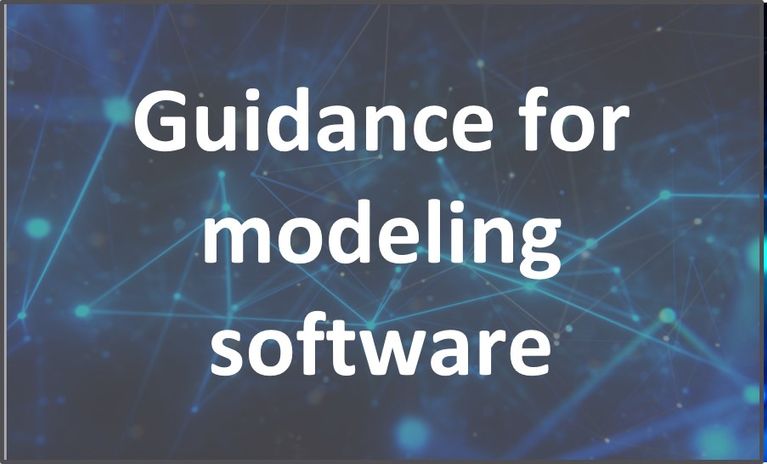
© Copyright 2010-2023. All rights reserved. ValueBridgeAdvisors, LLC
We need your consent to load the translations
We use a third-party service to translate the website content that may collect data about your activity. Please review the details and accept the service to view the translations.